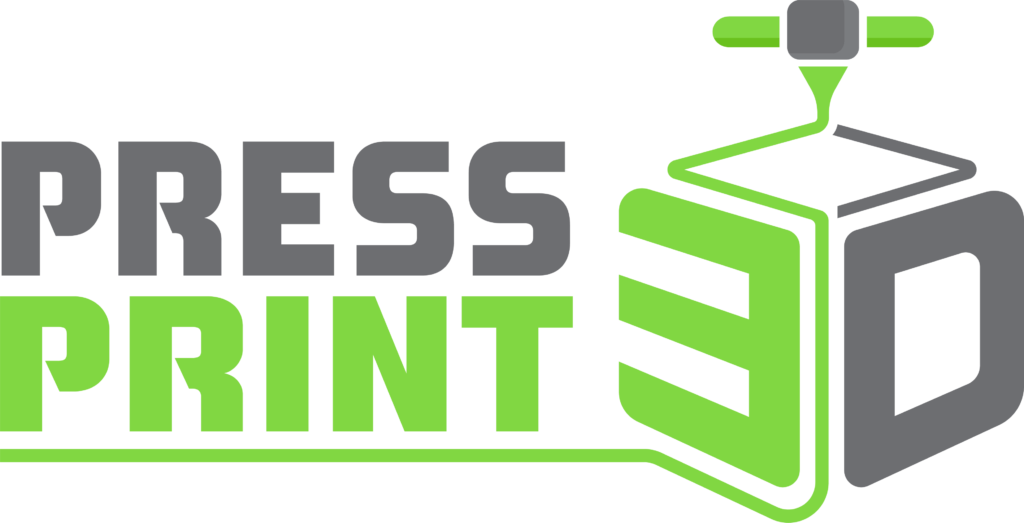What is Fused Deposition Modeling (FDM)?
Fused Deposition Modeling (FDM®) or Fused Filament Fabrication (FFF),is one of the most common methods of 3D printing. FDM printers extrude a thermoplastic filament in a series of layers over a build plate to create a three-dimensional object. Objects created by FDM begin as computer-aided design (CAD) files that have been converted to a format that a 3D printer can translate. Once an object is printed using fused deposition modeling, the support material is removed and the object can be sanded, polished, or coated with other materials as required.
Markforged recommends FDM printers for their ability to produce high-strength, lightweight, chemically resistant products with excellent dimensional stability and a high heat tolerance. Widely employed around the world, FDM technology is used in industries such as automotive, manufacturing of consumer goods, food and drug packaging, the medical industry, and others.
FDM 3D Printing Advantages and Disadvantages
FDM is an inexpensive process, works well with a wide variety of plastics and can incorporate carbon fiber and other composites. However, the parts produced may be anisotropic, meaning they have uneven strength in some directions, which can limit their industrial use to prototypes and low-strength tools and fixtures.
Markforged uses FDM printing with a twist: a process called Continuous Fiber Fabrication (CFF). CFF enables Markforged printers to reinforce FDM printed parts with continuous strands of carbon fiber, greatly increasing the strength of parts. These parts can be as strong as aluminum in 2 axes.
History of FDM Printing
FDM printing was developed in 1989 by innovator Scott Crump. In the late 2000s, the field exploded with the advent of hobbyist machines. In the years since, affordable industrial grade systems have become available and the portfolio of available materials has expanded greatly.
Fused Deposition Modeling FAQ
What are thermoplastics? Thermoplastics are polymers, or plastics, that become malleable at specific temperatures in order to be shaped as desired. Once cooled, thermoplastic solidifies. Thermoplastics can be heated, shaped, and cooled repeatedly.
What is Fused Deposition Modeling (FDM) used for? There is a wide variety of objects printed using FDM, ranging from children’s toys to industrial parts. With better materials come more and more industrial strength parts.
What types of filament materials do FDM printers use? FDM printers can employ a wide variety of filament materials, depending on what is being printed. Materials include ABS plastic, PLA polymer plastic, nylon, HDPE, PETT (t-glase), wood filaments, metal filaments and more.
Can FDM printers print pieces that conduct electricity? Yes, there are some filaments available that are made of PLA combined with a conducive form of carbon known as graphene.
